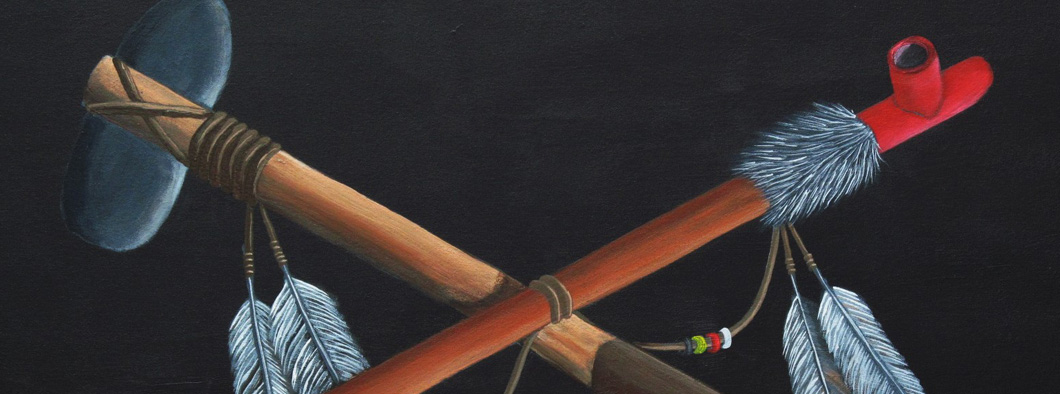Koqowey net Ankukumkewey?
What is a Treaty?
Keq nit lakutuwakon?
Theme:
Kiskuk Ta’n Teliaq
Contemporary Issues
Tokec Weskuwitasikil Eleyik
Curriculum Outcomes
English Language Arts
Specific Curriculum Outcomes
- Students will be able to interact with sensitivity and respect, considering the situation, audience, and purpose (Activity 1)
- Students will be expected to use basic courtesies and conventions of conversation in group work and co-operative play (Activity 1)
Health
Specific Curriculum Outcomes
- 1. Students will explore strategies to resolve conflict (Activity 1 and 3)
Music, Dance and Visual Arts
General Curriculum Outcomes
- GCO5 Students will be expected to examine the relationship among the arts, societies and environments (Activity 3)
Physical Education
General Curriculum Outcomes
- Students will demonstrate efficient and effective movement skills and concepts (Activity 3)
Social Studies
Specific Curriculum Outcomes
Students will be able to:
- 3.2.1 Examine the diverse people in their province. (Activity 1, 2, and 3)
- 3.2.2 Examine how diverse people in their culture express their culture (Activity 1, 2, and 3)
- 3.2.3 Take age appropriate action to promote positive interactions among people (Activity 3)
- 3.3.1 Examine the purpose, function and structure of governments in their province (Activity 1 and 2)
- 3.3.3 Demonstrate an understanding of how citizens participate in public decision making (Activity 1 and 2)
Associated Text Materials
Grade 3 – My Province
- p.81 – First Nation Governments
- p.83 – Chief Lawrence Paul





